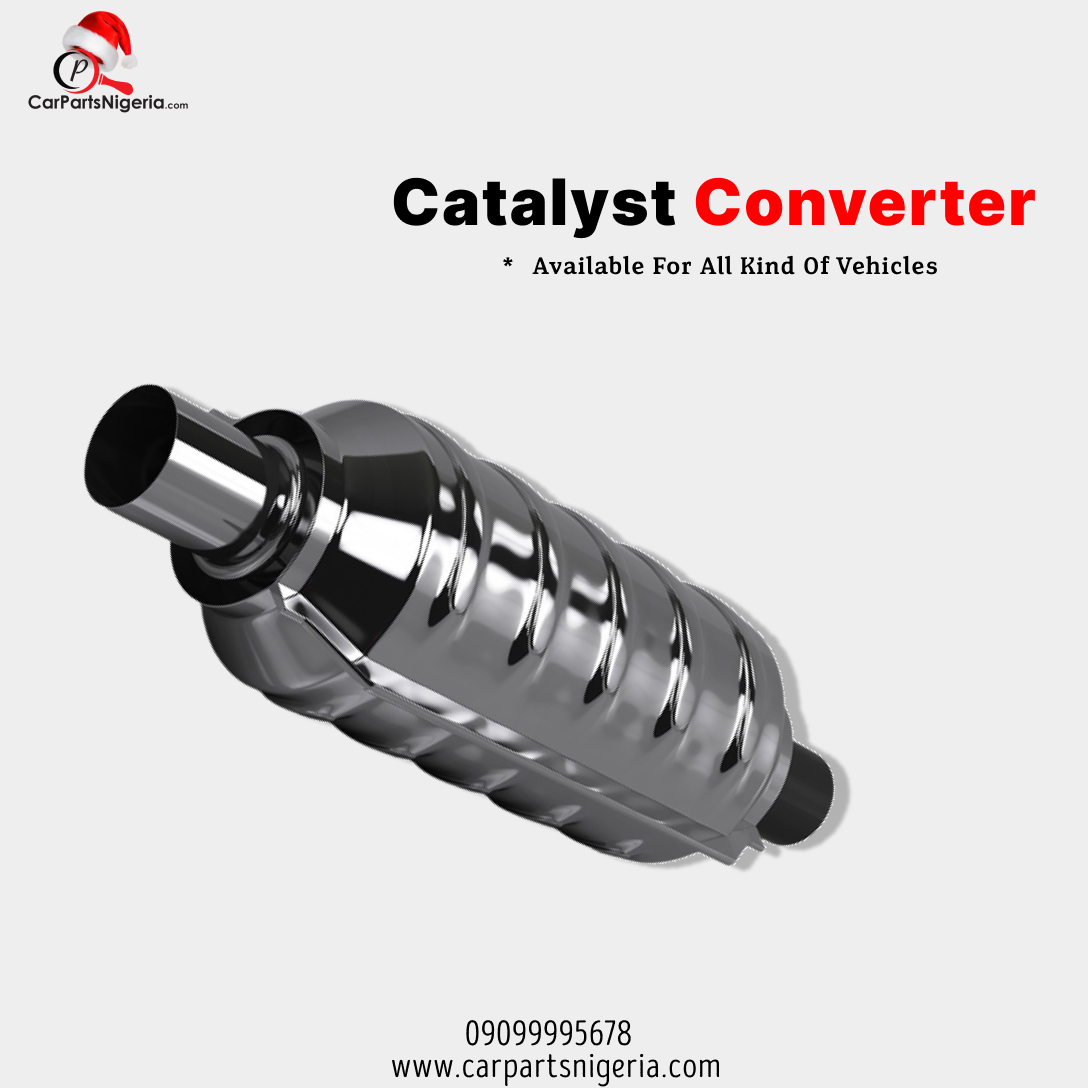Blog

The Catalyst Converter
The Catalyst Coverter
A catalytic converter is an exhaust emission control device that converts toxic gases and pollutants in exhaust gas from an internal combustion engine into less-toxic pollutants by caertalyzing a redox reaction. Catalytic converters are usually used with internal combustion engines fueled by gasoline or diesel, including lean-burn engines, and sometimes on kerosene heaters and stoves.
The first widespread introduction of catalytic converters was in the United States automobile market. To comply with the U.S. Environmental Protection Agency's stricter regulation of exhaust emissions, most gasoline-powered vehicles starting with the 1975 model year are equipped with catalytic converters. These "two-way" converters combine oxygen with carbon monoxide (CO) and unburned hydrocarbons (HC) to produce carbon dioxide (CO2) and water (H2O). Although two-way converters on gasoline engines were rendered obsolete in 1981 by "three-way" converters that also reduce oxides of nitrogen (NOx); they are still used on lean-burn engines to oxidize particulate matter and hydrocarbon emissions (including Diesel engines, which typically use lean combustion), as three-way-converters require fuel-rich or stoichiometric combustion to successfully reduce NOx.
Although catalytic converters are most commonly applied to exhaust systems in automobiles, they are also used on electrical generators, forklifts, mining equipment, trucks, buses, locomotives, motorcycles, and on ships. They are even used on some wood stoves to control emissions. This is usually in response to government regulation, either through environmental regulation or through health and safety regulations.
Types
Two-way
A 2-way (or "oxidation", sometimes called an "oxi-cat") catalytic converter has two simultaneous tasks:
1. Oxidation of carbon monoxide to carbon dioxide: 2 CO + O2 → 2 CO2
2. Oxidation of hydrocarbons (unburnt and partially burned fuel) to carbon dioxide and water: CxH2x+2 + [(3x+1)/2] O2 → x CO2 + (x+1) H2O (a combustion reaction)
This type of catalytic converter is widely used on diesel engines to reduce hydrocarbon and carbon monoxide emissions. They were also used on gasoline engines in American- and Canadian-market automobiles until 1981. Because of their inability to control oxides of nitrogen, they were superseded by three-way converters.
Three-way
Three-way catalytic converters have the additional advantage of controlling the emission of nitric oxide (NO) and nitrogen dioxide (NO2) (both together abbreviated with NOx and not to be confused with nitrous oxide (N2O)). NOx species are precursors to acid rain and smog.[19]
Since 1981, "three-way" (oxidation-reduction) catalytic converters have been used in vehicle emission control systems in the United States and Canada; many other countries have also adopted stringent vehicle emission regulations that in effect require three-way converters on gasoline-powered vehicles. The reduction and oxidation catalysts are typically contained in a common housing; however, in some instances, they may be housed separately. A three-way catalytic converter has three simultaneous tasks. These three reactions occur most efficiently when the catalytic converter receives exhaust from an engine running slightly above the stoichiometric point. For gasoline combustion, this ratio is between 14.6 and 14.8 parts air to one part fuel, by weight. The ratio for autogas (or liquefied petroleum gas LPG), natural gas, and ethanol fuels can vary significantly for each, notably so with oxygenated or alcohol based fuels, with e85 requiring approximately 34% more fuel, requiring modified fuel system tuning and components when using those fuels. In general, engines fitted with 3-way catalytic converters are equipped with a computerized closed-loop feedback fuel injection system using one or more oxygen sensors, though early in the deployment of three-way converters, carburetors equipped with feedback mixture control were used.
Posted on December 2022,12 // Author: Admin